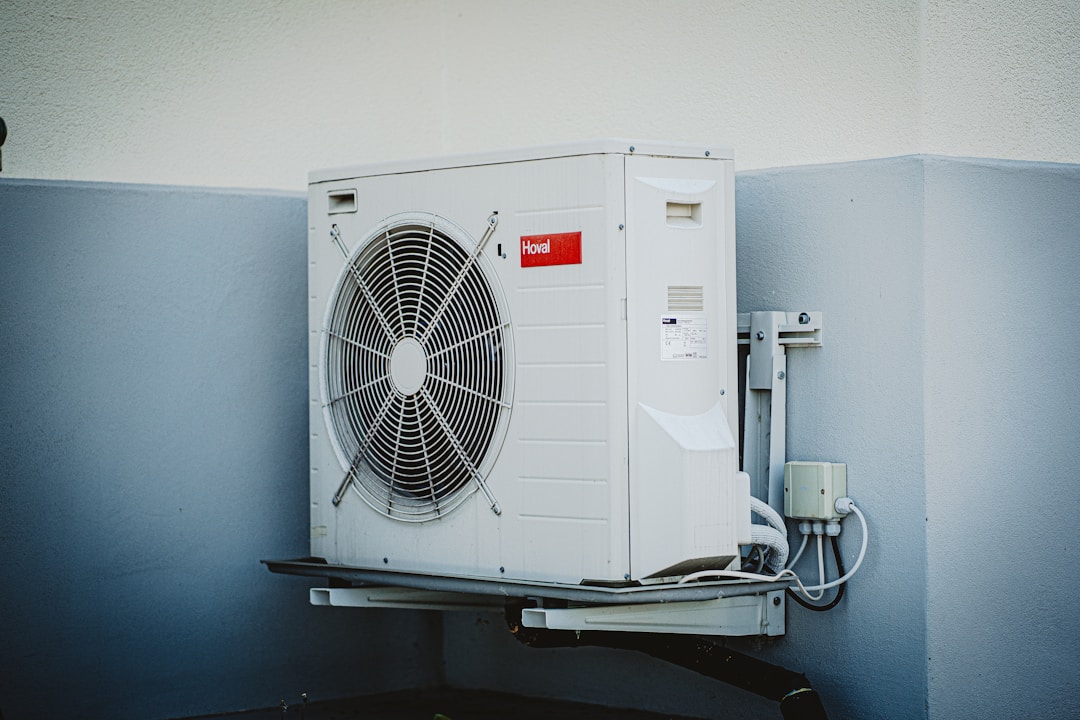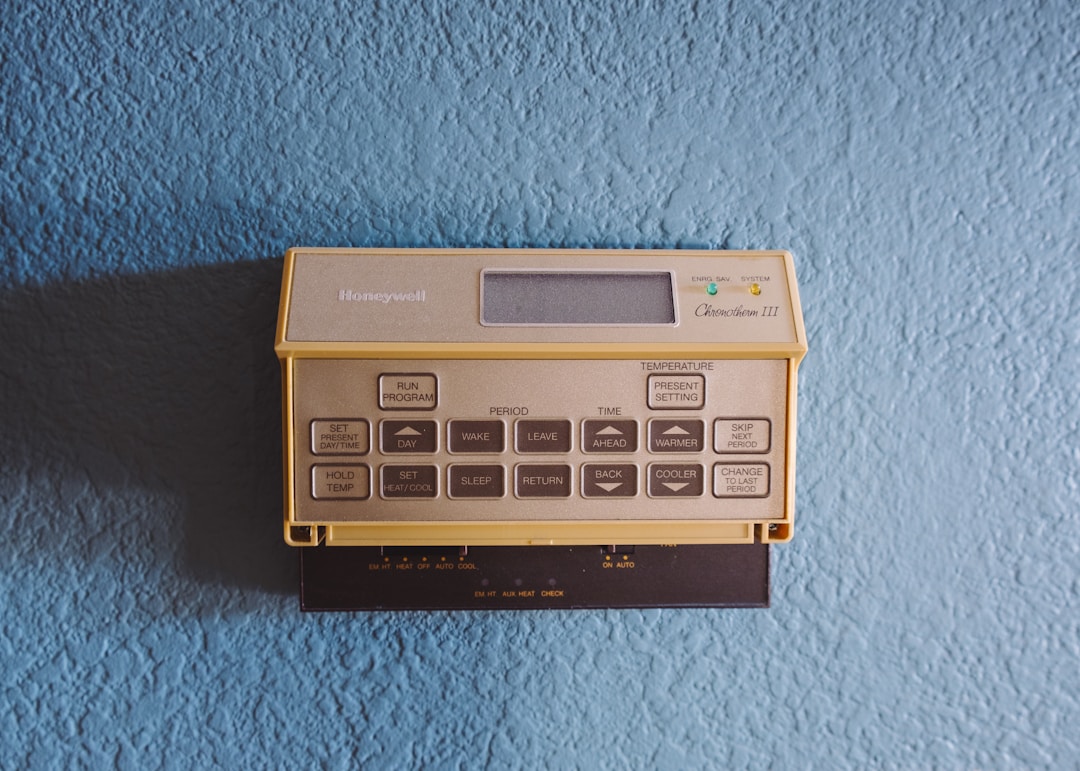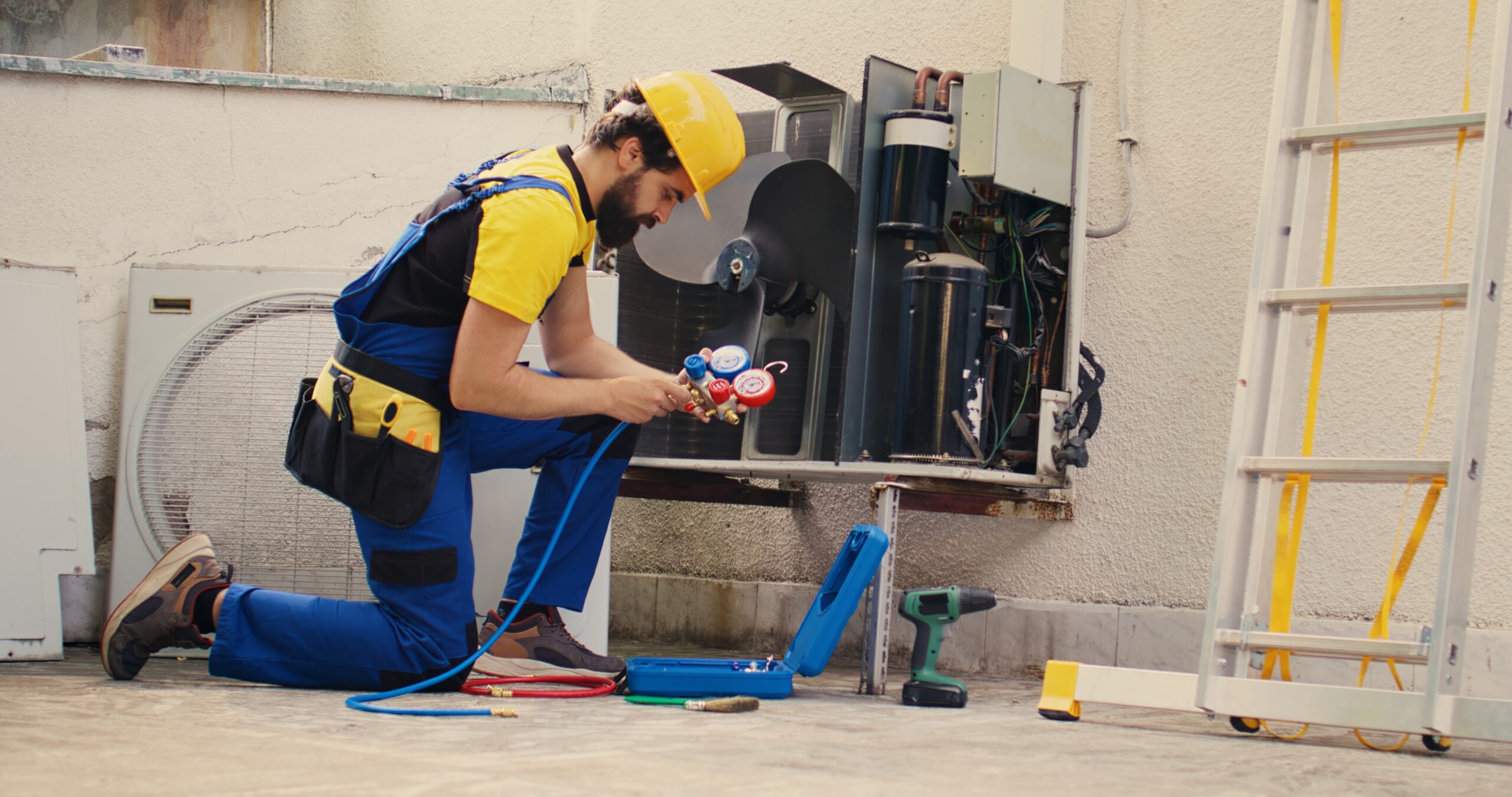An overwhelming majority of homes in the U.S. today rely on HVAC systems for heating and cooling. HVAC equipment provides central air throughout the house to maintain comfortable temperatures year-round. An efficient HVAC system can keep up with the demands of changing seasons and dramatic outdoor temperature swings. However, throughout the sweltering summer heat or frigid winter temperatures, all components of your HVAC system need to be in good working order to provide reliable service. From your ductwork and air handler to the thermostat, it’s important that all parts of your system work together.
When trouble with a home’s heating and cooling develops, it is usually because one or more pieces of the system have failed. Typically homeowners will focus on the air conditioner, furnace, or heat pump as the culprit behind any issues. In many situations, however, the thermostat can be the culprit behind a host of issues. The problem is that many people don’t know when there is an issue with the thermostat until it causes a malfunction. Fortunately, there are some signs it’s time to replace your HVAC thermostat. Let’s take a closer look at some common issues that might mean you need a replacement thermostat.
1. System Shutting On and Off

The primary function of your thermostat is to communicate with your HVAC equipment. Your thermostat calls for heating or air conditioning depending on the setting and desired temperature. If your HVAC has stopped taking prompts, there is likely a problem with the wiring in the thermostat. Frayed or damaged thermostat wiring compromises the connection with the HVAC unit. This can lead to erratic system behavior with constant starts and shut-offs. An HVAC professional can check the wiring in your thermostat and help diagnose the problem.
2. Faulty Thermostat Readings

Correct thermostat readings contribute to the overall comfort of your home. When your thermostat is working correctly, it will prevent your house from becoming too hot or cold. If you notice that readings are incorrect, it might be time to replace your thermostat. You can verify the temperatures inside your home with auxiliary indoor thermometers. A malfunctioning sensor is most likely the cause of faulty thermostat readings.
3. Steadily Increasing Energy Bills
Your HVAC system can account for almost half of your monthly energy bills. The average utility bill in the U.S. is around $115 per month. However, an inefficient HVAC system can contribute to significantly higher energy costs. If you notice that your energy bills seem to be increasing, there could be a problem with your HVAC equipment or thermostat. A thermostat with faulty wiring or incorrect temperature readings could cause your HVAC system to cycle and consume more energy. A regular HVAC tune-up can address any inefficiencies with your system and check your thermostat for problems.
4. Failed Response

As with most things, age can have an impact on your thermostat. On average, your HVAC system should last around 20 years. However, your thermostat lifespan is only about 10 years. As your thermostat ages, the settings, controls, and sensors can wear out. Under normal circumstances, your thermostat will respond almost immediately to settings adjustments. If your HVAC system doesn’t kick on quickly after adjusting the temperature settings, the connection between your thermostat and unit might be faulty. An HVAC technician can troubleshoot this issue for you and recommend a new thermostat.
As you prepare for the heating and cooling seasons, you’ll want to be sure that your HVAC system will provide reliable comfort all season long. If you have a faulty or failing thermostat, you could be at risk of system malfunction when you need it the most. If you notice any problems with your system, a professional technician can troubleshoot the problem and offer solutions.


















